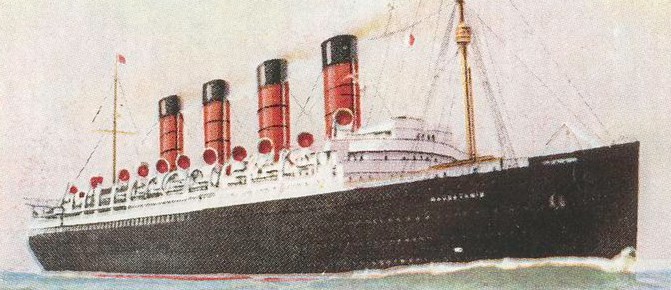
In the past few months Art Scatter’s chief correspondent, Martha Ullman West, has been (as The New Yorker likes to say about its own correspondents) far-flung. We could tell you how much flinging she’s been up to, but it seems more appropriate to let her tell you herself. We will mention, however, that one of her flings was up the freeway to Seattle, where the national Dance Critics Association held its annual meeting and presented her with its Senior Critic’s Award, an honor that recognizes her position in the loftiest echelon of the profession. Congratulations, Martha, once again.
*
By Martha Ullman West
It’s a long time since I’ve made my presence known on Art Scatter (except to comment, lazy me). Since I last posted, on April 10, I’ve seen quite a lot of dancing, a Greek ruin or two or three, Maltese, Sicilian and Spanish museums, the Holy Grail (or not…), a clip aboard ship of the latest royal wedding extravaganza. I also received a prize, for which I had to give a lecture, and that little task made me think about all of the above and more.
Just before I skipped town on April 23, I witnessed Anne Mueller dance ballet for the last time opening night of Oregon Ballet Theatre’s final show of the season, still at the top of her form, showing her range in Trey McIntyre’s funky Speak, Nicolo Fonte’s Left Unsaid, and Christopher Stowell’s Eyes on You. More down the line about the opening ballet in that program, Balanchine’s Square Dance, which I also saw New York City Ballet perform in May.
Earlier in the week, at Da Vinci Middle School’s spring concert, a motley batch of middle school-age boys, seven of them, performed, identifiably, Gregg Bielemeier’s idiosyncratic juxtaposition of small precise movement and space-eating choreography, improvising within the form. At an age when going with the flow ain’t a goin’ to happen, they did just that, and it was lovely to see.
And then I was off on a cruise of what was originally supposed to be the Barbary Coast and include Tunisia, where I’ve long wanted to go, but world events interfered so Sardinia and Menorca were substituted, as well as extra time in Valencia, where in addition to one of the Holy Grails (housed in the cathedral there) we saw a parade in traditional garb — little girls in ruffled dresses and mantillas, elderly gents trying to manage their swords — and after that, in Granada, the magical Alhambra. That’s a place I’ve wanted to see with mine own eyes since my father rendered in paint how he imagined it looked in the Middle Ages.

Continue reading Dance-plus: random notes from all over →
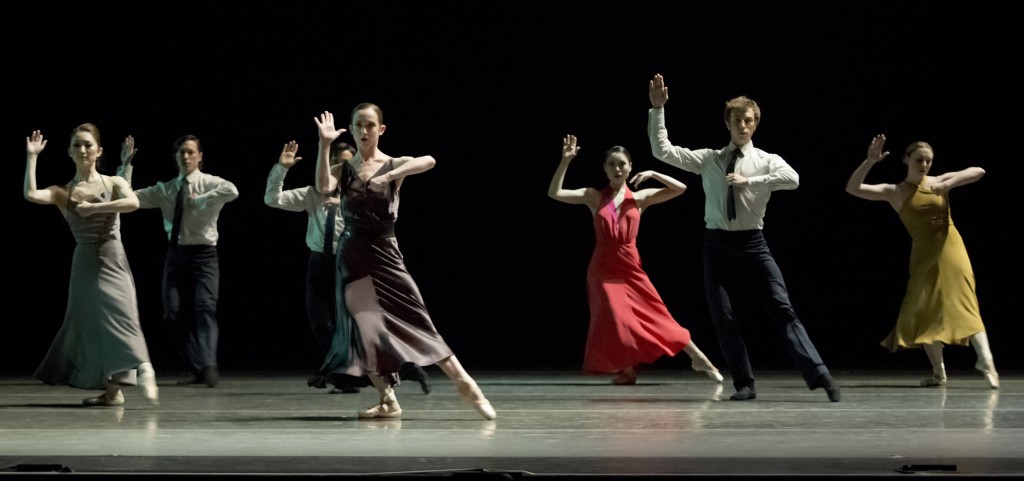
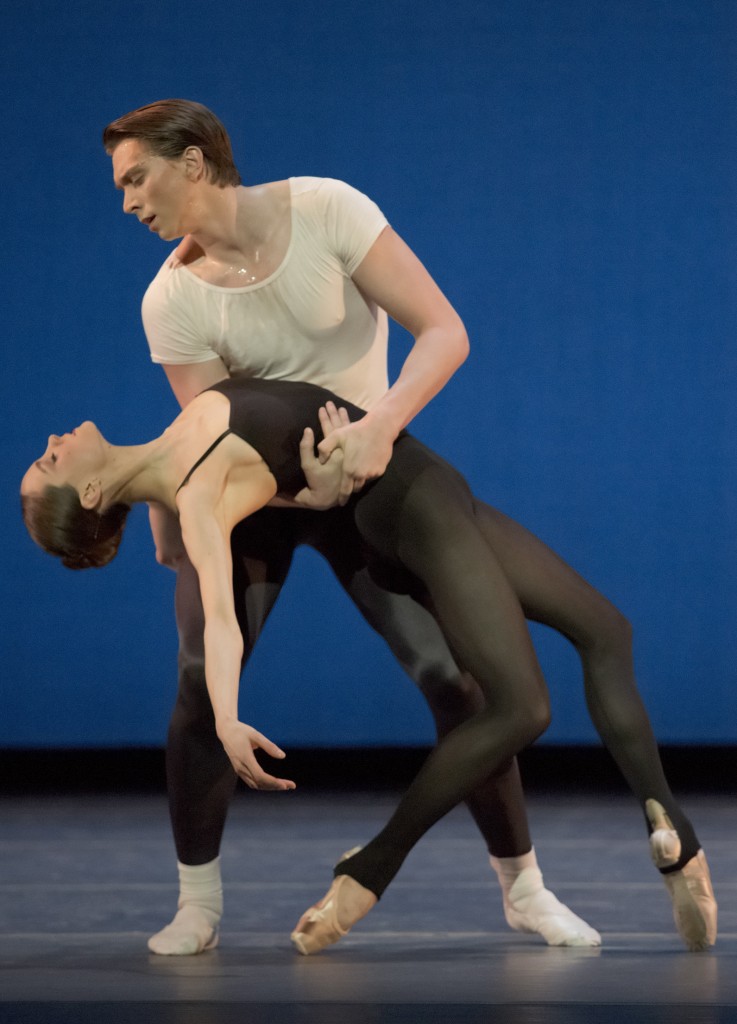 I had fully intended to leave the Newmark Theatre at the second intermission Friday night, having watched many companies (well, three) perform a ballet I don’t think really works. But I was curious to see how convincingly Iino and Chauncey Parsons would de-classicize themselves in Val Caniparoli’s blending of tribal dance and ballet. In movement that is antithetical to classical epaulement, Iino was terrific, Parsons had the right energy, and Yang Zou’s undulating shoulders looked like they’d been oiled at the joint.
I had fully intended to leave the Newmark Theatre at the second intermission Friday night, having watched many companies (well, three) perform a ballet I don’t think really works. But I was curious to see how convincingly Iino and Chauncey Parsons would de-classicize themselves in Val Caniparoli’s blending of tribal dance and ballet. In movement that is antithetical to classical epaulement, Iino was terrific, Parsons had the right energy, and Yang Zou’s undulating shoulders looked like they’d been oiled at the joint.
 A gathering at 2 p.m. Sunday, January 22, in the studios of Oregon Ballet Theatre (818 Southeast Sixth Avenue, Portland) will remember Mark Goldweber, who was company ballet master from 1988 until 1997, when he returned to the Joffrey Ballet, where he had been a dancer, to take up the same position. Goldweber, who was ballet master for Salt Lake City’s Ballet West when he died on December 9, was a superb dancer as well as ballet master. He set high standards for OBT that are still in place today.
A gathering at 2 p.m. Sunday, January 22, in the studios of Oregon Ballet Theatre (818 Southeast Sixth Avenue, Portland) will remember Mark Goldweber, who was company ballet master from 1988 until 1997, when he returned to the Joffrey Ballet, where he had been a dancer, to take up the same position. Goldweber, who was ballet master for Salt Lake City’s Ballet West when he died on December 9, was a superb dancer as well as ballet master. He set high standards for OBT that are still in place today.
 At least partly, that’s because he had a good press agent.
At least partly, that’s because he had a good press agent.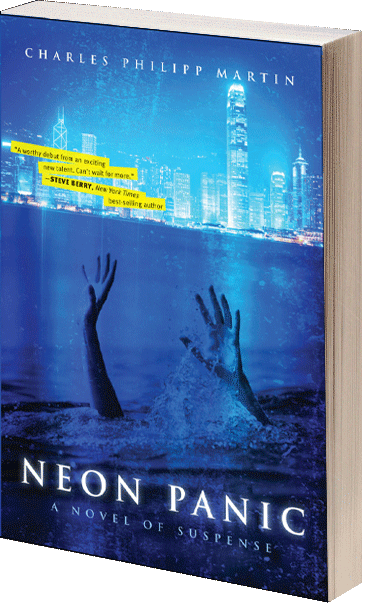 We sometimes had interesting vespers speakers on Sunday evenings, and in my junior year
We sometimes had interesting vespers speakers on Sunday evenings, and in my junior year 

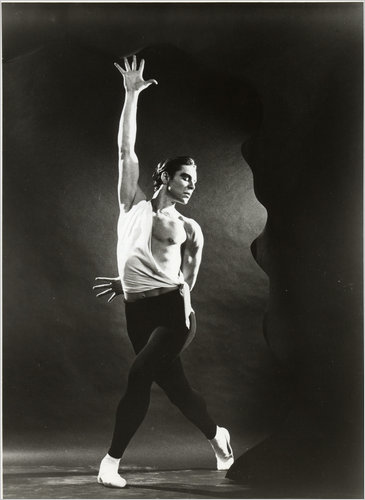 Few dancers are as capable of eloquence with words as they are with their bodies, but there are exceptions. Jacques d’Amboise, one of this country’s first homegrown great male ballet dancers, is one of them, and he’ll be in town to talk about his new book,
Few dancers are as capable of eloquence with words as they are with their bodies, but there are exceptions. Jacques d’Amboise, one of this country’s first homegrown great male ballet dancers, is one of them, and he’ll be in town to talk about his new book, 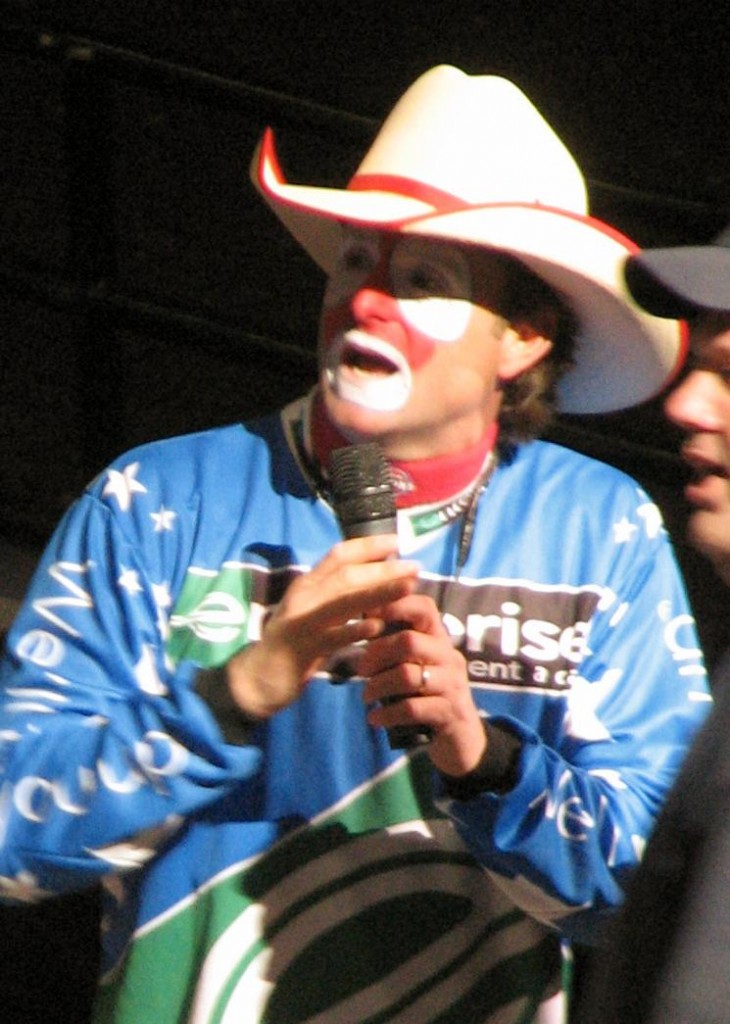 The code’s as rugged as rawhide, which means it tends to get frayed if you leave it out in the rain. And it does rain hereabouts. Besides,
The code’s as rugged as rawhide, which means it tends to get frayed if you leave it out in the rain. And it does rain hereabouts. Besides,